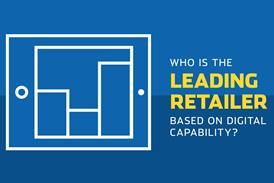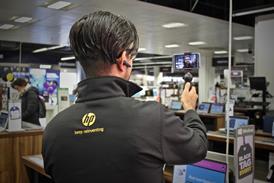- Rankings
- Marketing
- Logistics & customer service
- Cross-channel
- Ecommerce
 Evri reports 30% increase in US parcel deliveries as postal firms pause shipments
Evri reports 30% increase in US parcel deliveries as postal firms pause shipments Q&A: New boss of H&M-backed Centra Sara Laurell wants to keep the growth coming
Q&A: New boss of H&M-backed Centra Sara Laurell wants to keep the growth coming Why retail is lagging behind other sectors in AI investment
Why retail is lagging behind other sectors in AI investment Q&A: Currys Business’ Dean Kramer on growing brand awareness to reach more UK firms
Q&A: Currys Business’ Dean Kramer on growing brand awareness to reach more UK firms
- Case studies
- Methodology
How Ocado uses algorithms to improve delivery and service

The increasingly impressive speed and convenience of Ocado’s home delivery proposition has propelled it into the top three retailers for logistics and customer services in this year’s Retail Week Indicator.
The online grocer has carved out a market-leading reputation for on time deliveries (95%), a low substitution rate (99% order accuracy) and the level of service provided by its delivery drivers. Indeed, Ocado doesn’t refer to them as drivers, but as customer service team members.
It has also launched speedy delivery service Ocado Zoom and added lots of convenient features to its website.
We delve into the improvements it has made and how it is using algorithms and machine learning to ensure tight delivery windows are met and customer service is speedy.
Already have an account? Sign in here












